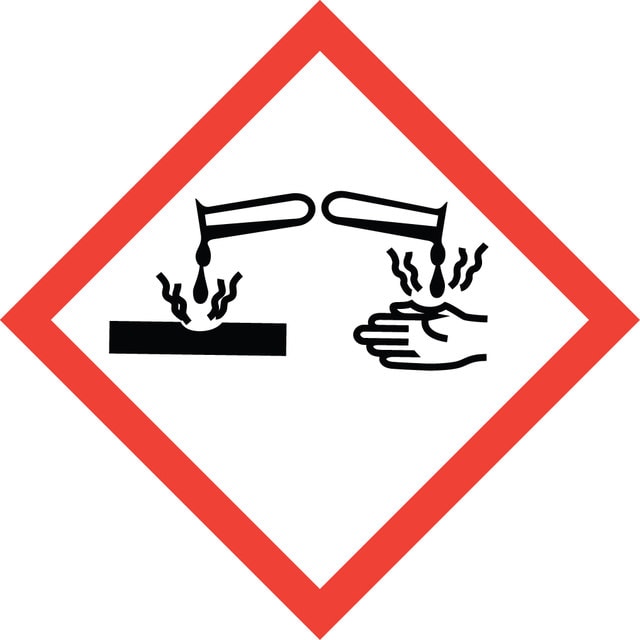Select a Size
About This Item
Product Name
Oxaliplatin, powder
SMILES string
O=C1O[Pt]OC1=O.N[C@@H]2CCCC[C@H]2N
InChI key
ZROHGHOFXNOHSO-BNTLRKBRSA-L
InChI
1S/C6H14N2.C2H2O4.Pt/c7-5-3-1-2-4-6(5)8;3-1(4)2(5)6;/h5-6H,1-4,7-8H2;(H,3,4)(H,5,6);/q;;+2/p-2/t5-,6-;;/m1../s1
form
powder
originator
Sanofi Aventis
storage temp.
2-8°C
Quality Level
Looking for similar products? Visit Product Comparison Guide
Related Categories
Features and Benefits
Application
- as a chemotherapeutic agent in colon rectal adenocarcinoma SW480 cells by cell viability assay
- for monitoring cell survival in hepatocellular carcinoma HepG2 and HepG2/R cells by MTT assay
- to determine the growth inhibitory effect on human breast adenocarcinoma MDA-MB-231 cells
Biochem/physiol Actions
signalword
Danger
Hazard Classifications
Carc. 2 - Eye Dam. 1 - Lact. - Muta. 2 - Repr. 1B - Resp. Sens. 1B - Skin Sens. 1 - STOT RE 1
Storage Class
6.1C - Combustible acute toxic Cat.3 / toxic compounds or compounds which causing chronic effects
wgk
WGK 3
flash_point_f
Not applicable
flash_point_c
Not applicable
ppe
Eyeshields, Faceshields, Gloves, type P3 (EN 143) respirator cartridges
Choose from one of the most recent versions:
Already Own This Product?
Find documentation for the products that you have recently purchased in the Document Library.
Which document(s) contains shelf-life or expiration date information for a given product?
If available for a given product, the recommended re-test date or the expiration date can be found on the Certificate of Analysis.
How do I get lot-specific information or a Certificate of Analysis?
The lot specific COA document can be found by entering the lot number above under the "Documents" section.
How do I find price and availability?
There are several ways to find pricing and availability for our products. Once you log onto our website, you will find the price and availability displayed on the product detail page. You can contact any of our Customer Sales and Service offices to receive a quote. USA customers: 1-800-325-3010 or view local office numbers.
What is the Department of Transportation shipping information for this product?
Transportation information can be found in Section 14 of the product's (M)SDS.To access the shipping information for this material, use the link on the product detail page for the product.
What is the solubility of Product O9512, Oxaliplatin?
Sigma-Aldrich tests solubility of Product O9512, Oxaliplatin, in water at a concentration of 5 mg/ml. For complete dissolution, heating to 45 °C and sonication for 10 minutes may be required.
My question is not addressed here, how can I contact Technical Service for assistance?
Ask a Scientist here.
Articles
DNA damage and repair mechanism is vital for maintaining DNA integrity. Damage to cellular DNA is involved in mutagenesis, the development of cancer among others.
Cell cycle phases (G1, S, G2, M) regulate cell growth, DNA replication, and division in proliferating cells.
Apoptosis regulation involves multiple pathways and molecules for cellular homeostasis.
Discover Bioactive Small Molecules for ADME/Tox
Our team of scientists has experience in all areas of research including Life Science, Material Science, Chemical Synthesis, Chromatography, Analytical and many others.
Contact Technical Service
